In the last edition of the DSM, DSM-IV, there were two categories: substance abuse and substance dependence. DSM-5 merges these two categories into one called “substance use disorder.”
Substance abuse disorders (SUDs) pose significant challenges to individuals, families, and communities worldwide. SUDs encompass a range of conditions characterized by the excessive and harmful use of psychoactive substances, including drugs and alcohol.
This guide aims to tackle the complexities of SUDs, its impact on physical and mental health, and the importance of nursing care in supporting individuals on their journey to recovery.
What is Substance Abuse?
Substance use/abuse and related disorders are a national health problem.
- Substance abuse refers to the harmful or excessive use of psychoactive substances, such as drugs or alcohol, that can result in negative consequences for the individual’s physical health, mental well-being, and overall life functioning.
- Substance abuse disorders (SAD) are common chronic relapsing illnesses that are characterized by drug-seeking and drug-taking behaviors that persist despite negative consequences.
- The DSM-IV-TR distinguishes substance abuse from dependence for purposes of medical diagnosis; substance abuse denotes problems in social, vocational, or legal areas of the person’s life, whereas substance dependence also includes problems associated with addiction such as tolerance, withdrawal, and unsuccessful attempts to stop using the substance.
- DSM-5 combines substance abuse and substance dependence into one called “substance use disorder.” It recognizes substance-related disorders resulting from the use of 10 separate classes of drugs: alcohol; caffeine; cannabis; hallucinogens (phencyclidine or similarly acting arylcyclohexylamines, and other hallucinogens, such as LSD); inhalants; opioids; sedatives, hypnotics, or anxiolytics; stimulants (including amphetamine-type substances, cocaine, and other stimulants); tobacco; and other or unknown substances.
Criteria
Substance use disorders span a wide variety of problems arising from substance use and cover 11 different criteria. The 11 DSM-5 criteria for a substance use disorder include:
- Took more extensive amounts/extended time. Using the substance in larger amounts or for longer than it’s meant to be.
- Repeated efforts to control use or quit. Wanting to cut down or stop using the substance but not succeeding.
- Full time spent using. Consuming a lot of time getting, using, or recovering from the use of the substance.
- Craving. Desires and urges to use the substance.
- Disregarded major roles. Not accomplishing what is need to be done at work, home, or school because of substance use.
- Social or interpersonal dilemmas. Resuming to use even when it causes problems in relationships.
- Missed activities. Giving up significant social, occupational, or recreational activities because of substance use.
- Hazardous use. Using substances again and again even when it places the person in danger.
- Physical or psychological problems. Extending the use even if physical or psychological problems arise.
- Tolerance. Requiring more of the substance to get the effect the person desires.
- Withdrawal. Development of withdrawal symptoms, which can be alleviated by taking more of the substance.
In order to be diagnosed with a substance use disorder, the person must meet two or more of these criteria within a 12-month period. The severity of the disorder is determined by the number of criteria met: mild (2-3 criteria), moderate (4-5 criteria), or severe (6 or more criteria). A comprehensive assessment by a qualified mental health professional is necessary to make an accurate diagnosis and develop an appropriate treatment plan.
Causes
The exact causes of drug abuse, dependence, and addiction are not known, but various factors are thought to contribute to the development of substance-related disorders.
- Biologic factors. Children of alcoholic parents are at higher risk for developing alcoholism and drug dependence than children of nonalcoholic parents.
- Psychological factors. Children of alcoholics are four times as likely to develop alcoholism compared with the general population; some theorists believe that inconsistency in the parent’s behavior, poor role modeling, and lack of nurturing pave the way for the child to adopt a similar style of maladaptive coping, stormy relationships, and substance abuse.
- Social and environmental factors. Cultural factors, social attitudes, peer behaviors, laws, cost, and availability all influence initial and continued use of substances.
Types and Symptoms
Each substance use disorder is classified as its own disorder. Here are the most common substance use disorders in the United States:
- Alcohol. Alcohol is a central nervous system depressant that is absorbed rapidly into the bloodstream; initially, the effects are relaxation and loss of inhibition; with intoxication, there is slurred speech, unsteady gait, lack of coordination, and impaired attention, concentration, memory, and judgment.
- Sedatives, hypnotics, and anxiolytics. This class of drugs includes all central nervous system depressants, barbiturates, nonbarbiturate hypnotics, and anxiolytics, particularly benzodiazepines; the effects of the drugs, symptoms of intoxication, and withdrawal symptoms are similar to those of alcohol.
- Stimulants (amphetamines, cocaine). Stimulants are drugs that stimulate or excite the central nervous system; intoxication from stimulants develops rapidly; effects include high or euphoric feeling, hyperactivity, hypervigilance, talkativeness, anxiety, grandiosity, hallucinations, stereotypic or repetitive behavior, anger, fighting, and impaired judgment.
- Cannabis (marijuana). Cannabis is the most widely used illicit substance in the United States; research has shown that cannabis has short-term effects of lowering intraocular pressure; symptoms of intoxication include impaired motor coordination, inappropriate laughter, impaired judgment, and short-term memory, and distortions of time and perception.
- Opioids. Opioids are popular drugs of abuse because they desensitize the user to both physiologic and psychological pain and induce a sense of euphoria and well-being; opioid intoxication develops soon after the initial euphoric feeling; symptoms include apathy, lethargy, listlessness, impaired judgment, psychomotor retardation or agitation, constricted pupils, drowsiness, slurred speech, and impaired attention and memory.
- Hallucinogen. Hallucinogens are substances that distort the user’s perception of reality and produce symptoms similar to psychosis, including hallucinations and depersonalization; hallucinogen intoxication is marked by several maladaptive behavioral or psychological changes; anxiety, depression, paranoid ideation, ideas of reference, fear of losing one’s mind, and potentially dangerous behavior such as jumping out the window in the belief that one could fly.
- Inhalants. Inhalants are a diverse group of drugs that includes anesthetics, nitrates, and organic solvents that are inhaled for their effects; the most common substances in this category are aliphatic and aromatic hydrocarbons found in gasoline, glue, paint thinner, and spray paint; inhalant intoxication involves dizziness, nystagmus, lack of coordination, slurred speech, unsteady gait, tremor, muscle weakness, and blurred vision.
Statistics and Incidences
The full spectrum of SADs represents one of the nation’s leading health problems.
- In 2007, approximately 22.3 million adults were classified as having substance dependence or abuse disorders.
- Among this population, an estimated 3.2 million were dependent on or abused both alcohol and illicit drugs, another 3.7 million were dependent on or abused drugs alone, and 15.5 million were dependent on or abused alcohol alone.
- The rate of abuse and dependence was twice as high for males as it was for females (12.5 vs. 5.7%).
- Illicit drug use among those aged 50 to 54 increased from 3.4% in 2002 to 5.7% in 2007.
- The most popular illicit drugs in the 2007 survey were marijuana (3.9 million), pain relievers (1.7 million), and cocaine (1.6 million).
Assessment and Diagnostic Findings
Various diagnostic studies may also demonstrate evidence of SAD-related organ dysfunction.
- PPD. A positive PPD is a frequent finding among substance abusers living in crowded conditions.
- Hematology. Additional laboratory clues include mild anemia with macrocytosis, folate deficiency, thrombocytopenia, granulocytopenia, abnormal liver function tests, hyperuricemia, and elevated triglycerides.
- Cardiac Tests. Electrocardiogram (ECG or EKG) and echocardiogram are used to evaluate heart function. Some drugs can have adverse effects on the heart, leading to arrhythmias or cardiomyopathy.
- Neurological Examinations. These include imaging studies like MRI or CT scans, which can help assess brain health. Long-term substance abuse can lead to structural and functional changes in the brain.
- Toxicology Screens. These tests help detect the presence of specific substances in the body, which can be helpful in identifying the type of substance being abused.
- Pulmonary Function Tests. These tests assess lung function and can be essential if substances like tobacco or other drugs have been inhaled and may have caused respiratory issues.
Medical Management
Clients being treated for intoxication and withdrawal or detoxification are encountered in a wide variety of medical settings from emergency departments to outpatient clinics.
- Alcoholics Anonymous (AA). Alcoholics Anonymous was founded in the 1930s by alcoholics; this self-help ground developed the 12-step program model for recovery, which is based on the philosophy that total abstinence is essential and that alcoholics need the help and support of others to maintain sobriety.
Pharmacologic Management
Pharmacologic treatment in substance abuse has two main purposes: to permit safe withdrawal from alcohol, sedative-hypnotics, and benzodiazepines and to prevent relapse.
- Benzodiazepines. Alcohol withdrawal is usually managed with a benzodiazepine-anxiolytic agent, which is used to suppress the symptoms of abstinence.
- Disulfiram. Disulfiram (Antabuse) may be prescribed to help deter clients from drinking.
- Acamprosate. Acamprosate (Campral), may be prescribed for clients recovering from alcohol abuse or dependence to help reduce cravings for alcohol and decrease the physical and emotional discomfort that occurs especially in the first few months of recovery.
- Methadone. Methadone, a potent synthetic opiate, is used as a substitute for heroin in some maintenance programs.
- Levomethadyl. Levomethadyl is a narcotic analgesic whose only purpose is the treatment of opiate dependence.
- Naltrexone. Naltrexone (ReVia) is an opioid antagonist often used to treat an overdose. It can also be used to treat alcohol abuse.
Nursing Management
Nursing care of a client with substance abuse disorder includes the following:
Nursing Assessment
Assessment of a client with substance abuse disorder includes:
- History. Clients with a parent or other family members with substance abuse problems may report a chaotic family life, although this is not always the case.
- Thought process and content. During the assessment of thought process and content, clients are likely to minimize their substance abuse, blame others for their problems, and rationalize their behavior.
- Sensorium and intellectual process. Clients generally are oriented and alert unless they are experiencing lingering effects of withdrawal.
- General appearance and motor behavior. Assessment of general appearance and behavior usually reveals appearance and speech to be normal.
- Self-concept. Clients generally have low self-esteem, which they may express directly or cover with grandiose behavior.
Nursing Diagnosis
Based on the assessment data, the major nursing diagnosis for substance abuse are:
- Risk for injury related to substance intoxication or withdrawal.
- Ineffective denial related to underlying fears and anxieties.
- Ineffective coping related to inadequate support system or coping skills.
- Imbalance nutrition: less than body requirements related to drinking alcohol instead of eating nourishing food.
- Chronic low self-esteem related to retarded ego development
Nursing Care Planning and Goals
Main Article: Nursing Diagnosis for Substance Abuse: 8 Care Plans
Treatment outcomes for clients with substance use may include the following:
- The client will abstain from alcohol and drug use.
- The client will express feelings openly and directly.
- The client will verbalize acceptance of responsibility for his or her own behavior.
- The client will practice nonchemical alternatives to deal with stress or difficult situations.
- The client will establish an effective after-care plan.
Nursing Interventions
Nursing interventions for a client with substance abuse include:
- Providing health teaching for client and family. Clients and family members need facts about the substance, its effects, and recovery.
- Addressing family issues. Without support and help to understand and cope, many family members may develop substance abuse problems of their own, thus perpetuating the dysfunctional circle; treatment and support groups are available to address issues of family members.
- Promoting coping skills. Nurses can encourage clients to identify problem areas in their lives and to explore the ways that substance use may have intensified those problems.
Evaluation
Goals are met as evidenced by:
- The client was able to abstain from alcohol and drug use.
- The client was able to express feelings openly and directly.
- The client was able to verbalize acceptance of responsibility for his or her own behavior.
- The client was able to practice nonchemical alternatives to deal with stress or difficult situations.
- The client was able to establish an effective after-care plan.
Documentation Guidelines
Documentation in a client with substance abuse disorders includes:
- Individual findings include factors affecting, interactions, the nature of social exchanges, and specifics of individual behavior.
- Cultural and religious beliefs, and expectations.
- Plan of care.
- Teaching plan.
- Responses to interventions, teaching, and actions performed.
- Attainment or progress toward the desired outcome.
References and Sources
Sources and references for this study guide for substance abuse:
- Black, J. M., & Hawks, J. H. (2005). Medical-surgical nursing. Elsevier Saunders,.
- Videbeck, S. L. (2010). Psychiatric-mental health nursing. Lippincott Williams & Wilkins.
- Sullivan, E. J. (2008). Nursing care of clients with substance abuse. Substance, 978, 0801678813.
- Hoffman, A. L., & Heinemann, M. E. (1987). Substance abuse education in schools of nursing: A national survey. Journal of Nursing Education, 26(7), 282-287.
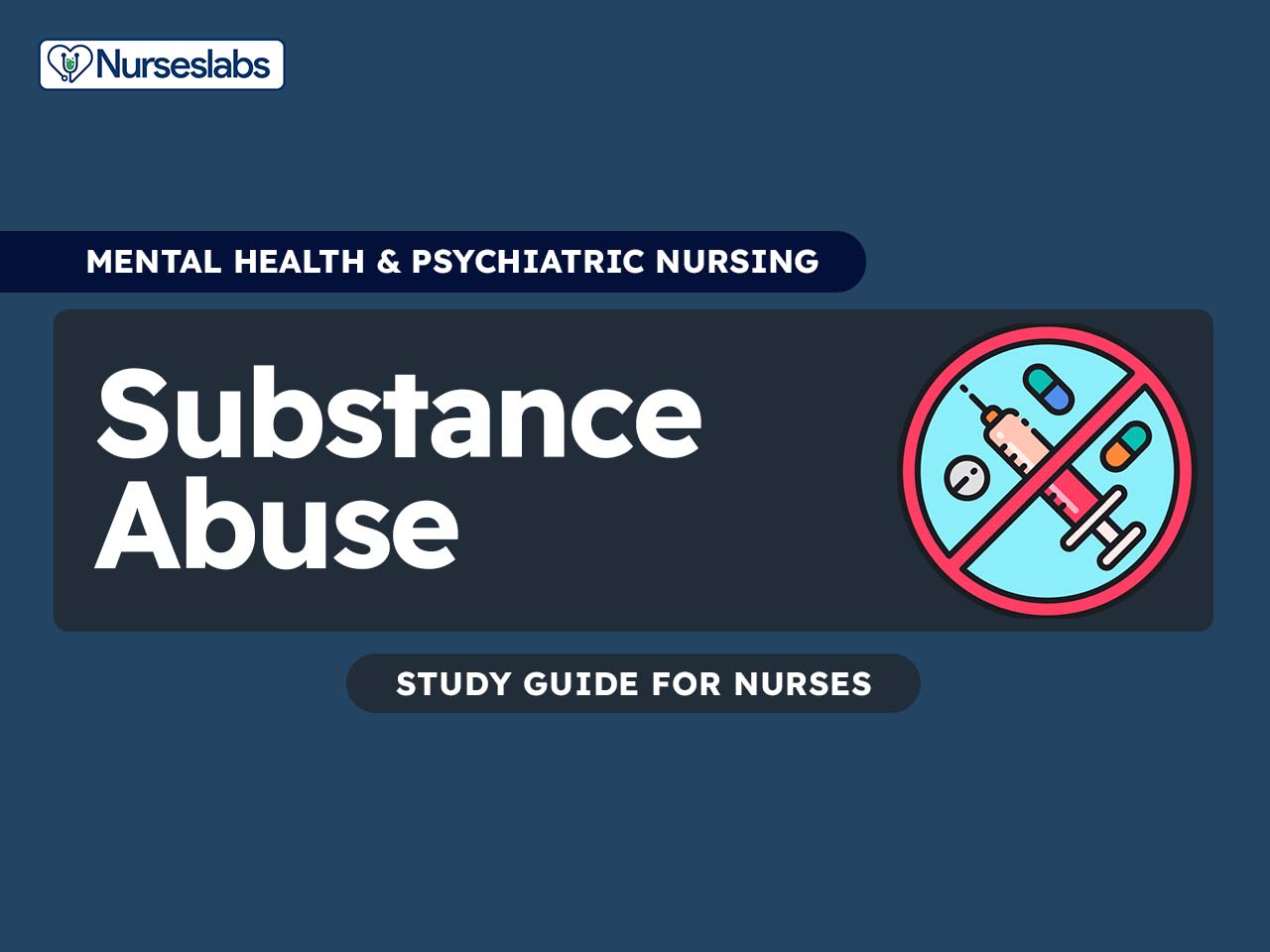
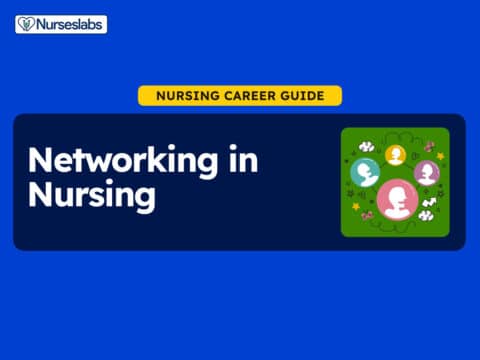
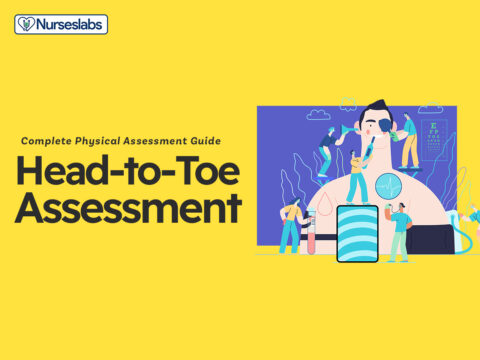
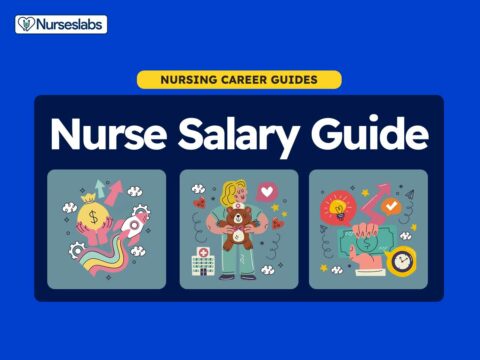
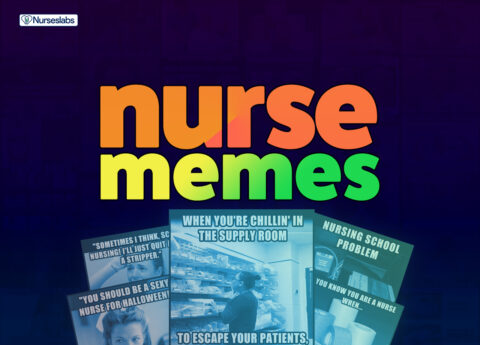

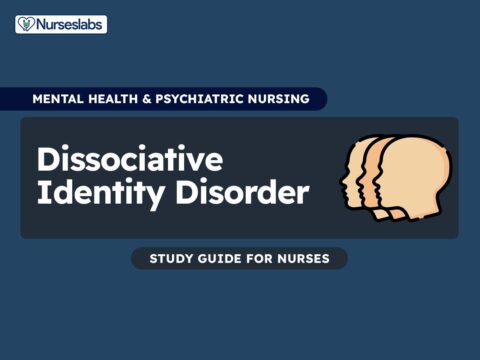
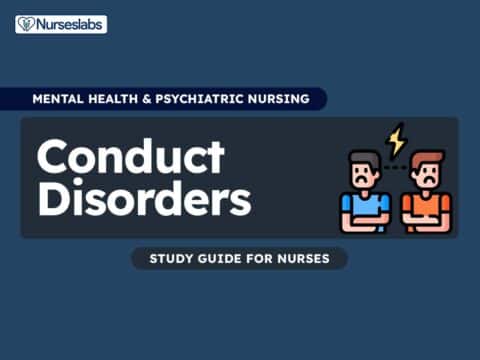

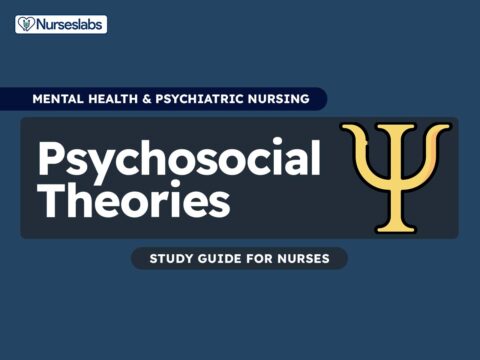


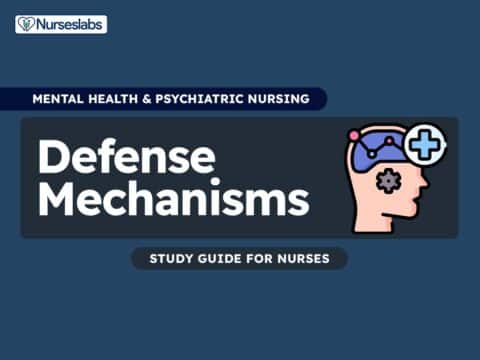
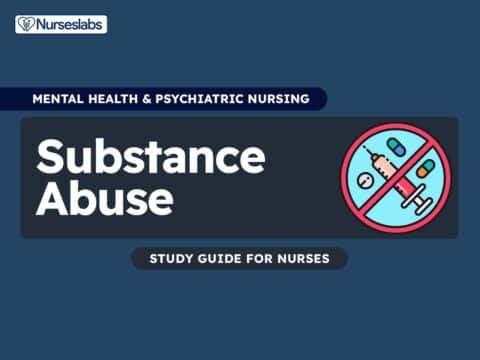
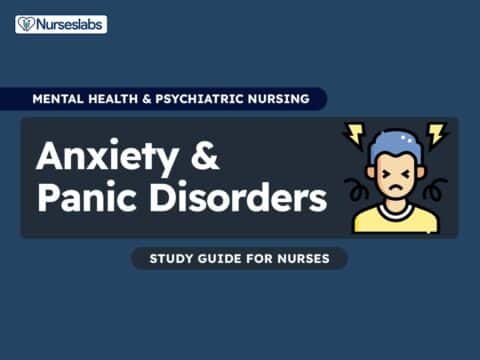
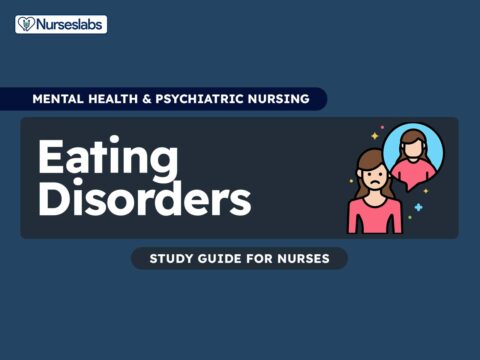

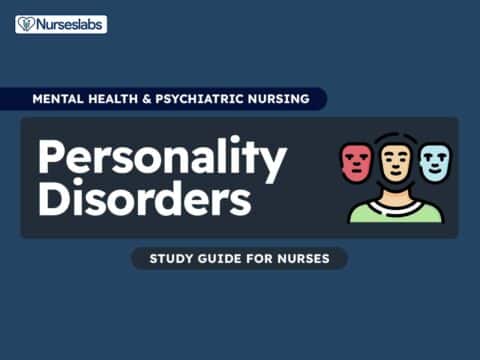

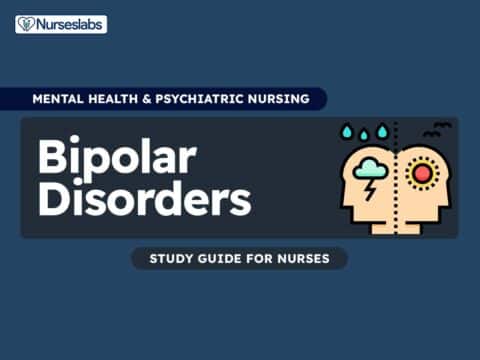
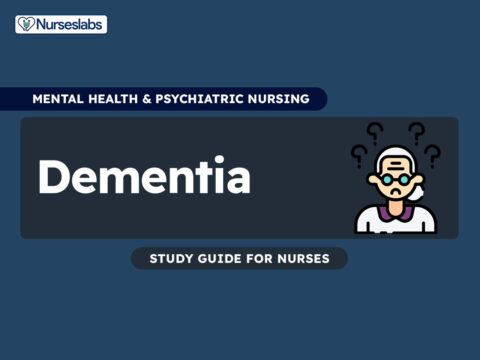



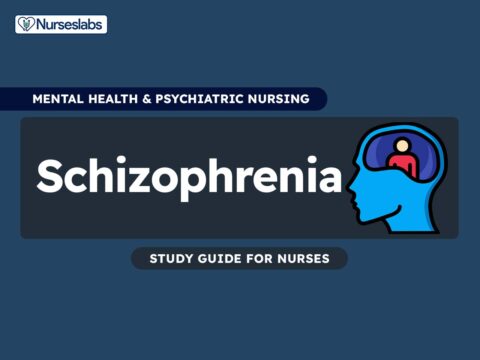
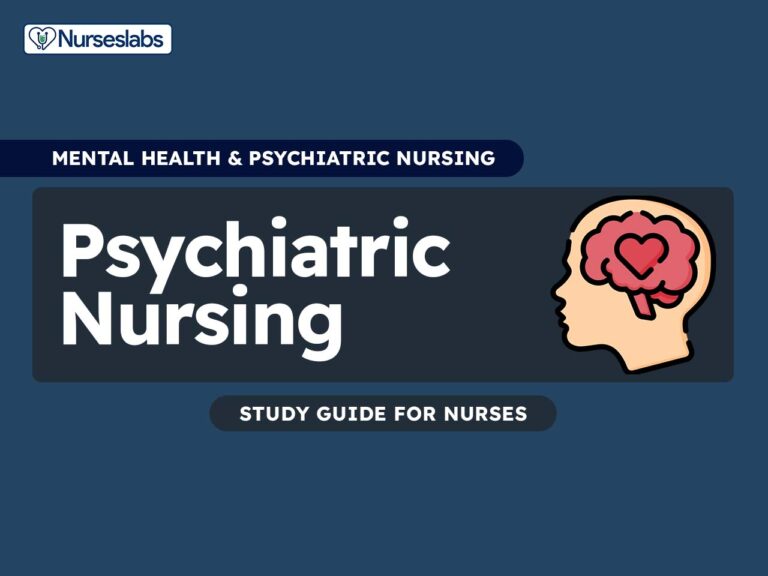


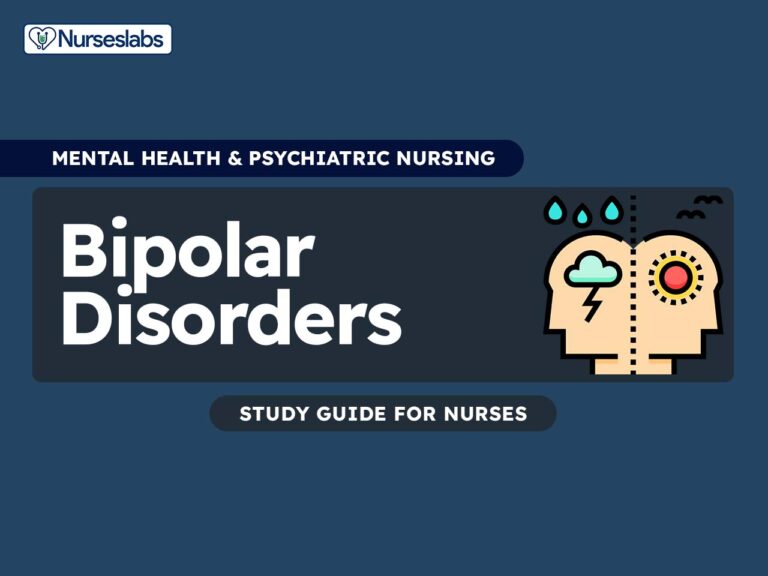
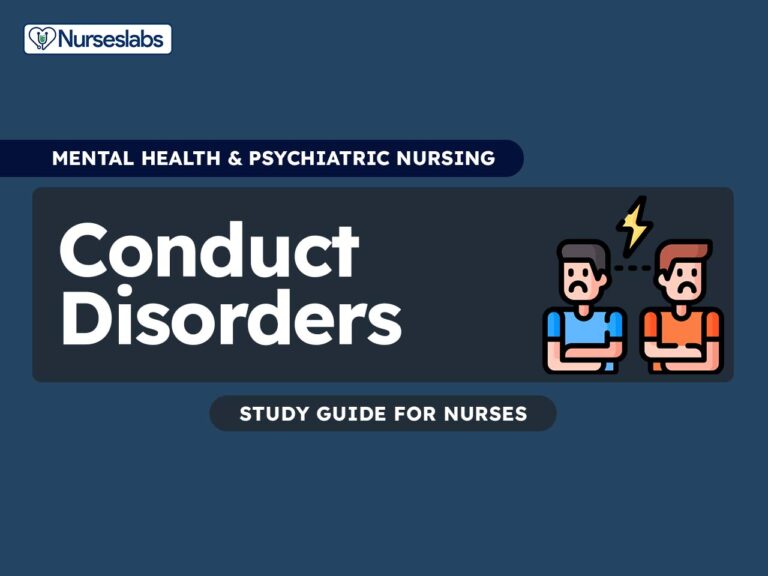
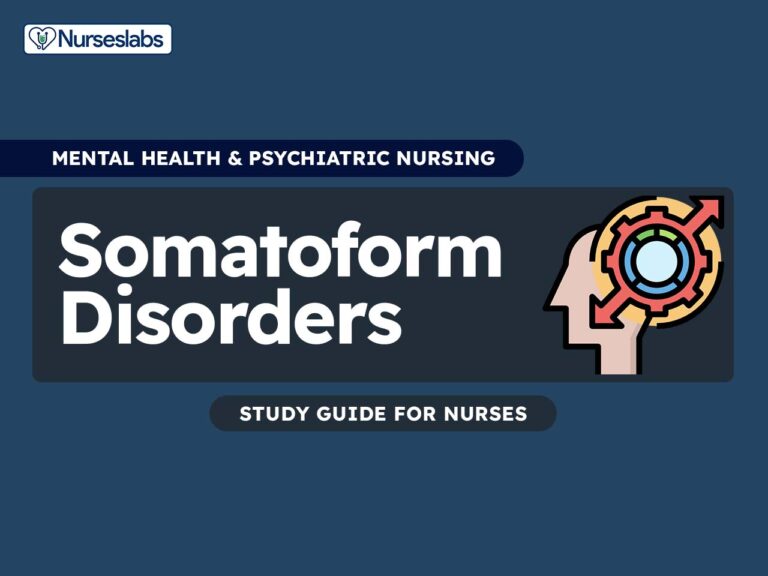
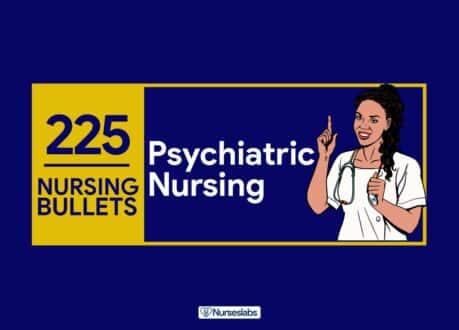
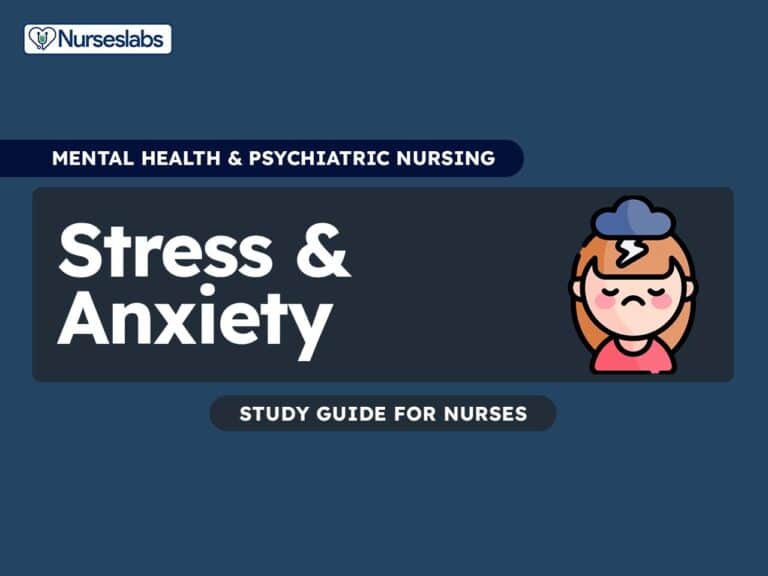
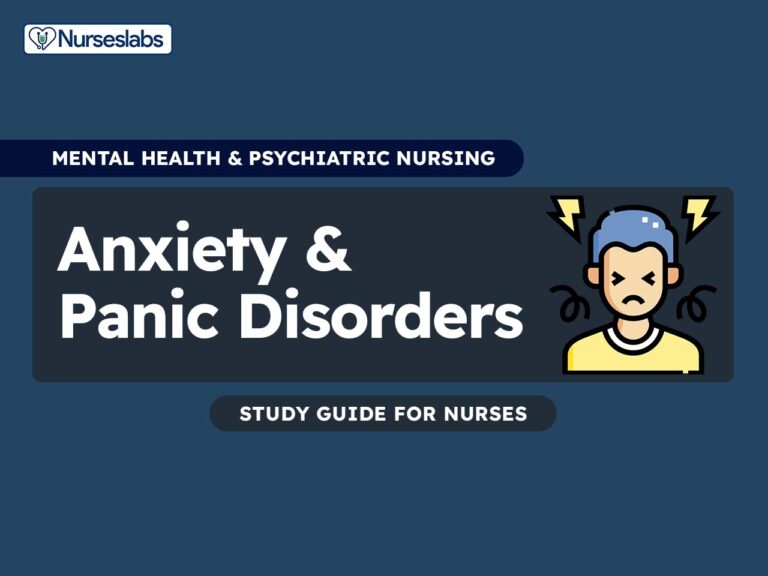

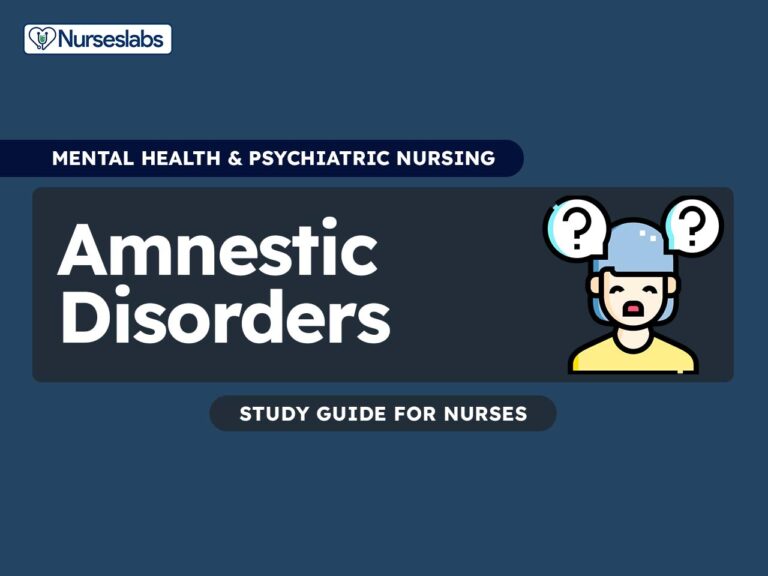

Leave a Comment